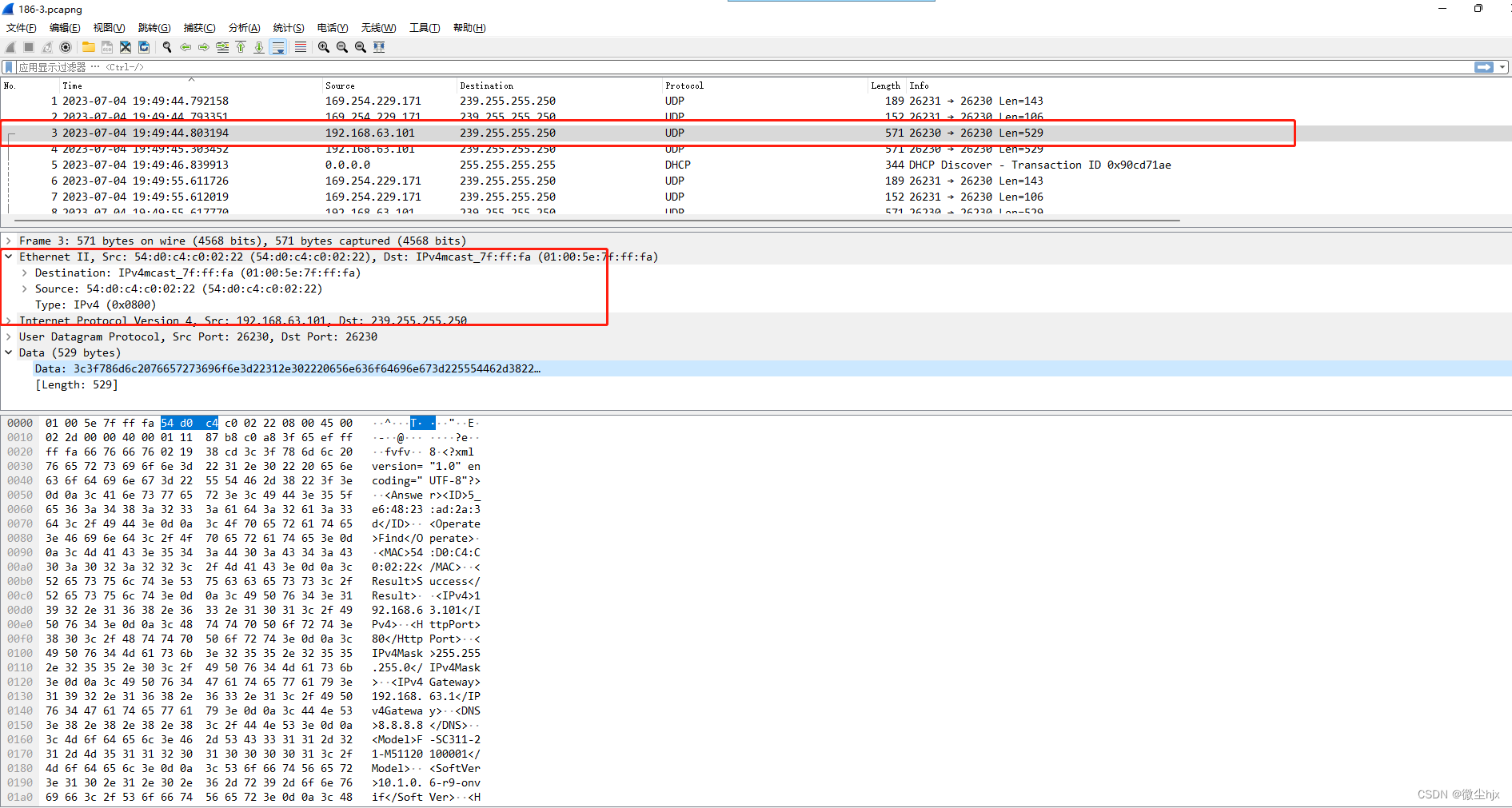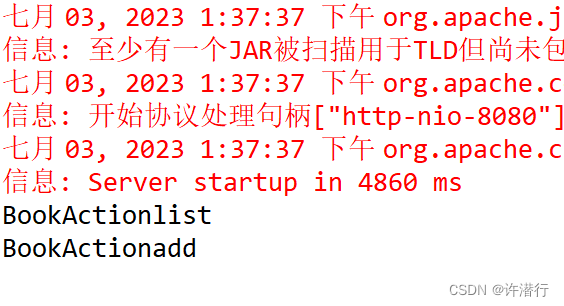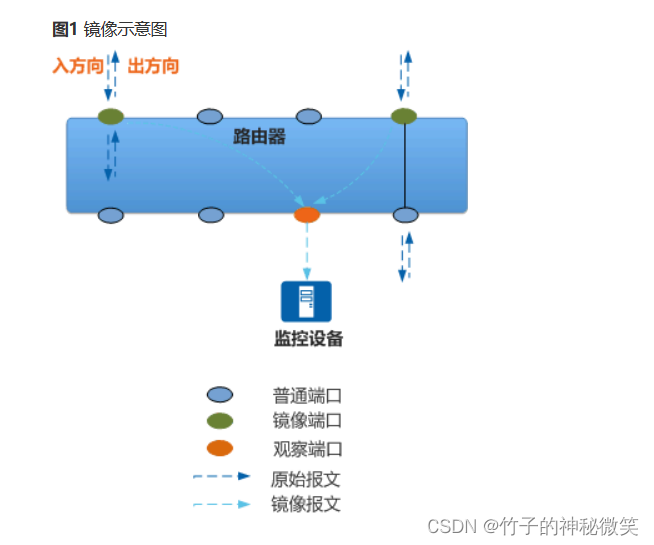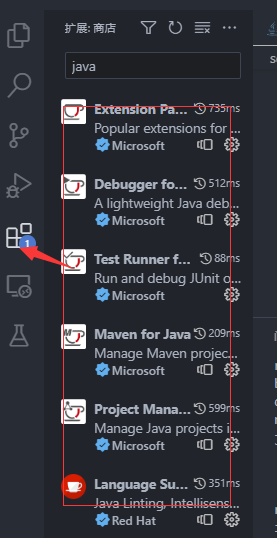Spring Boot 中的监控及使用
Spring Boot 是一个非常流行的 Java 应用程序开发框架,它提供了一种快速构建应用程序的方法。除此之外,Spring Boot 还提供了一系列的监控功能,方便开发人员对应用程序进行监控和管理。本文将讨论 Spring Boot 中的监控功能及其使用方法。

监控的种类
Spring Boot 中提供了多种监控功能,包括:
- 应用程序的健康状况
- 应用程序的性能指标
- 应用程序的日志输出
应用程序的健康状况
Spring Boot 提供了 /actuator/health 端点,用于检查应用程序的健康状况。该端点返回一个 JSON 格式的响应,包含了应用程序的健康状态。如果应用程序正常运行,该端点将返回一个 {"status":"UP"} 的响应。
$ curl localhost:8080/actuator/health
{"status":"UP"}
应用程序的性能指标
Spring Boot 提供了 /actuator/metrics 端点,用于检查应用程序的性能指标。该端点返回一个 JSON 格式的响应,包含了应用程序的各种性能指标。例如,可以通过该端点查看应用程序的 HTTP 请求的响应时间、请求的数量等指标。
$ curl localhost:8080/actuator/metrics/http.server.requests
{
"name": "http.server.requests",
"baseUnit": "seconds",
"measurements": [
{
"statistic": "COUNT",
"value": 18.0
},
{
"statistic": "TOTAL_TIME",
"value": 0.006175232
},
{
"statistic": "MAX",
"value": 0.001184169
}
],
"availableTags": [
{
"tag": "uri",
"values": [
"/actuator/metrics",
"/actuator/health",
"/favicon.ico"
]
},
{
"tag": "outcome",
"values": [
"SUCCESS"
]
},
{
"tag": "method",
"values": [
"GET"
]
},
{
"tag": "status",
"values": [
"200"
]
}
]
}
应用程序的日志输出
Spring Boot 提供了 /actuator/loggers 端点,用于管理应用程序的日志输出。该端点可以返回应用程序当前所有 logger 的配置信息,并且可以修改某个 logger 的配置信息。例如,可以通过该端点修改某个 logger 的日志级别。
$ curl localhost:8080/actuator/loggers/com.example
{
"configuredLevel": "DEBUG",
"effectiveLevel": "DEBUG"
}
$ curl -X POST localhost:8080/actuator/loggers/com.example -H 'Content-Type: application/json' -d '{"configuredLevel": "INFO"}'
{
"configuredLevel": "INFO",
"effectiveLevel": "INFO"
}
如何使用监控功能
Spring Boot 的监控功能非常易于使用。只需要在 pom.xml 文件中添加以下依赖:
<dependency>
<groupId>org.springframework.boot</groupId>
<artifactId>spring-boot-starter-actuator</artifactId>
</dependency>
添加该依赖后,Spring Boot 应用程序将自动添加监控功能。可以通过在浏览器中访问 http://localhost:8080/actuator 来查看当前应用程序的监控端点。
除此之外,Spring Boot 还提供了一些可用于自定义监控的扩展点。例如,可以通过实现 HealthIndicator 接口来添加自定义的健康状况检查器;可以通过实现 MeterRegistryCustomizer 接口来添加自定义的度量注册器。
@Component
public class CustomHealthIndicator implements HealthIndicator {
@Override public Health health() {
int errorCode = check(); // 自定义的健康状况检查方法
if (errorCode != 0) {
return Health.down().withDetail("Error Code", errorCode).build();
}
return Health.up().build();
}
private int check() {
// 自定义的健康状况检查方法实现
return 0;
}
}
@Component
public class CustomMeterRegistryCustomizer implements MeterRegistryCustomizer<MeterRegistry> {
@Override
public void customize(MeterRegistry registry) {
registry.config().commonTags("application", "myapp");
// 自定义的度量注册器配置实现
}
}
总结
Spring Boot 提供了多种监控功能,包括应用程序的健康状况、性能指标和日志输出等。这些监控功能非常易于使用,只需要添加相应的依赖即可。另外,Spring Boot 还提供了一些可用于自定义监控的扩展点,方便开发人员根据自己的需求进行扩展。使用这些监控功能可以帮助开发人员更好地管理和监控应用程序,提高应用程序的可靠性和性能。
















![pyodbc读取.mdb文件时出现[ODBC Microsoft Access Driver] 网络访问已中断。请关闭数据库.....解决方法](https://img-blog.csdnimg.cn/79f0945684ea4470adfc488fab45554e.png)


